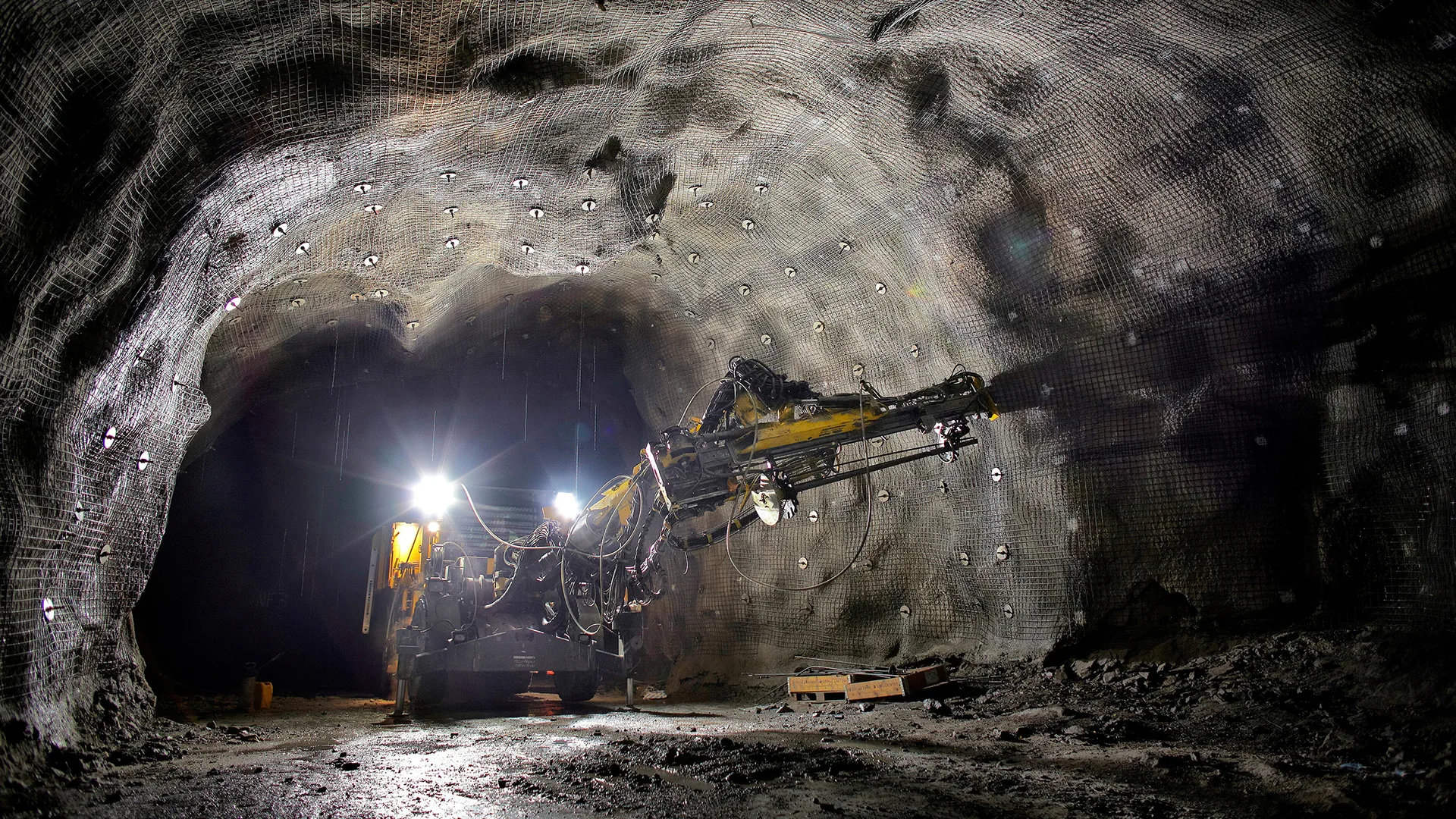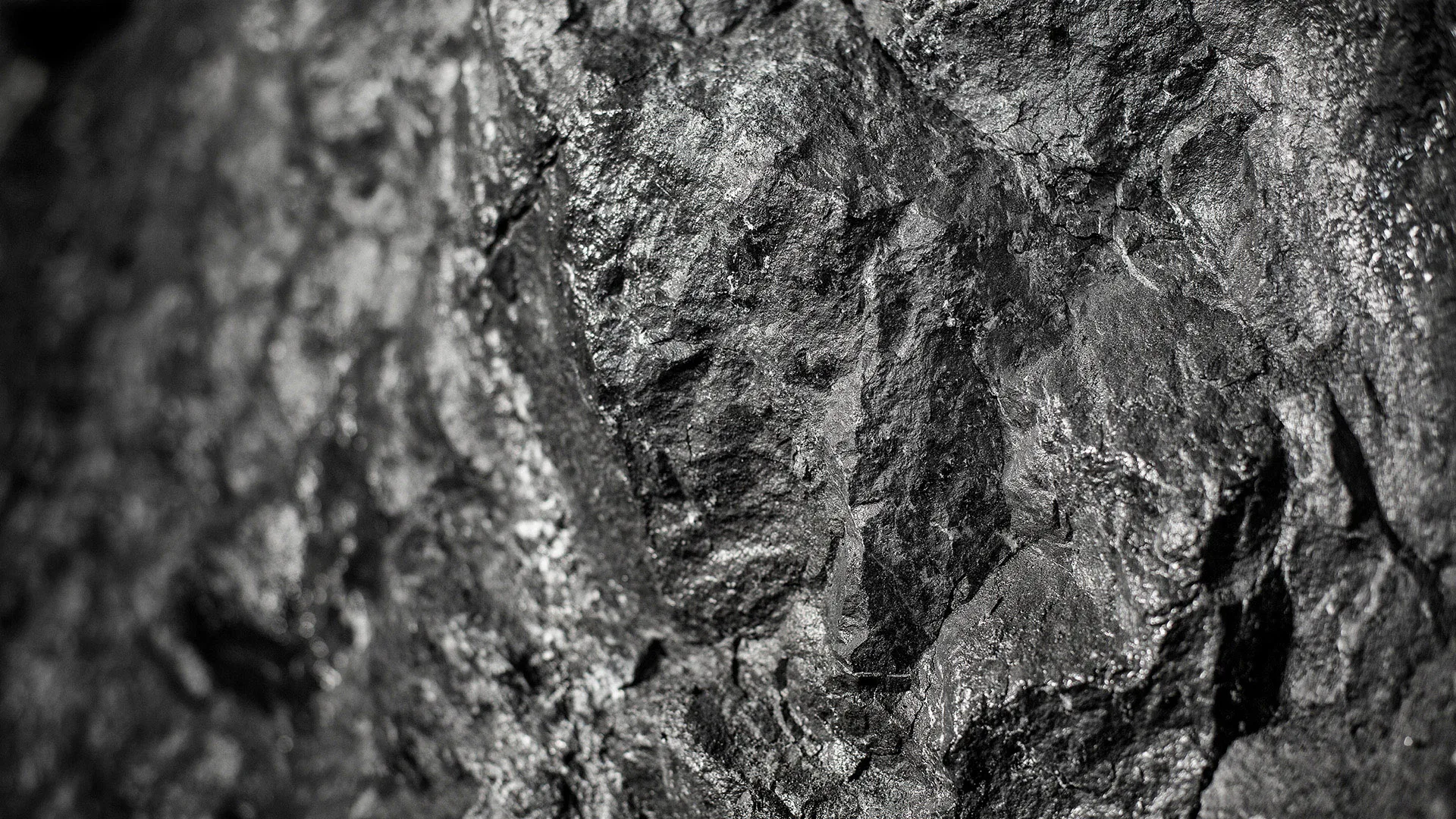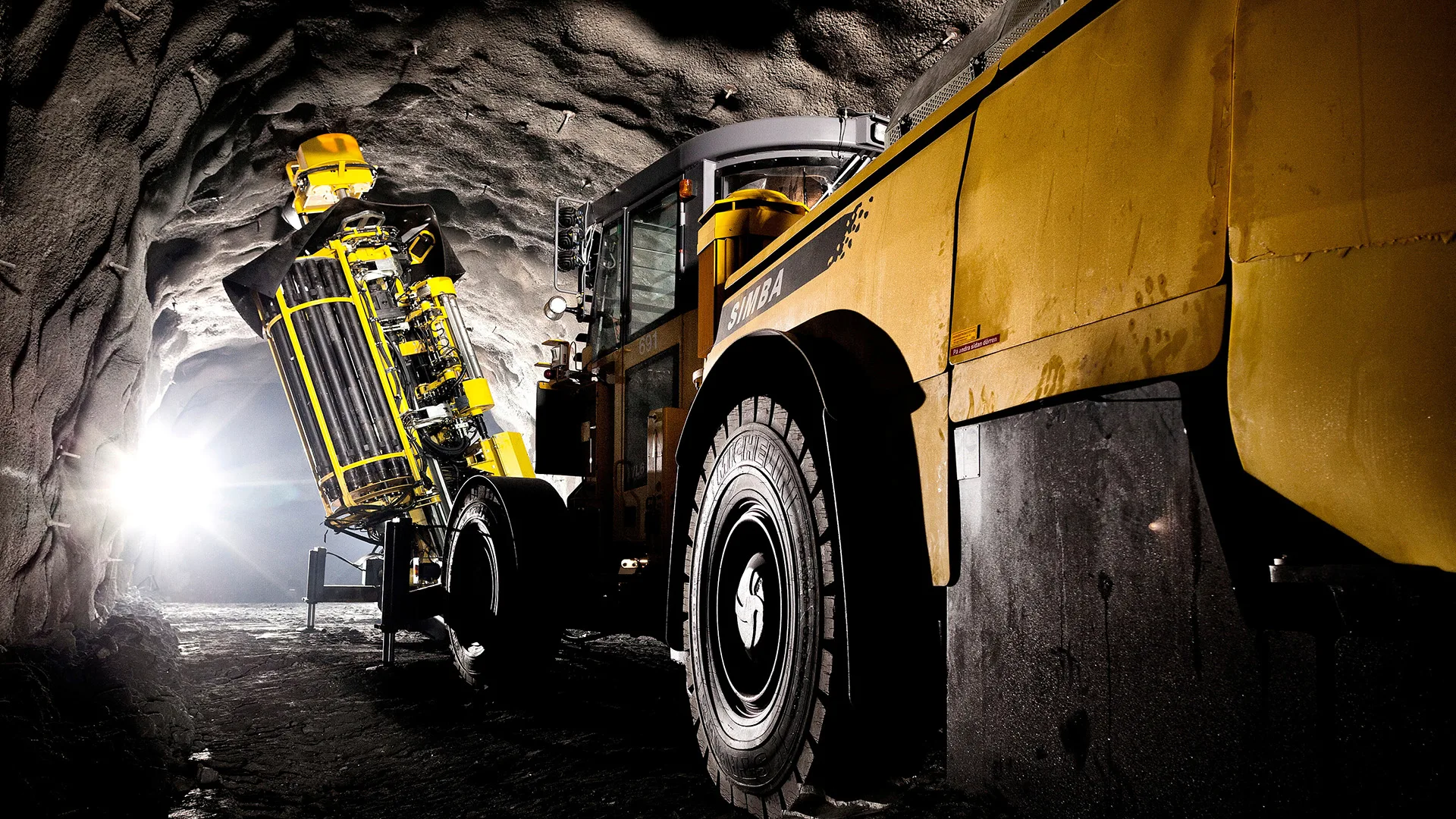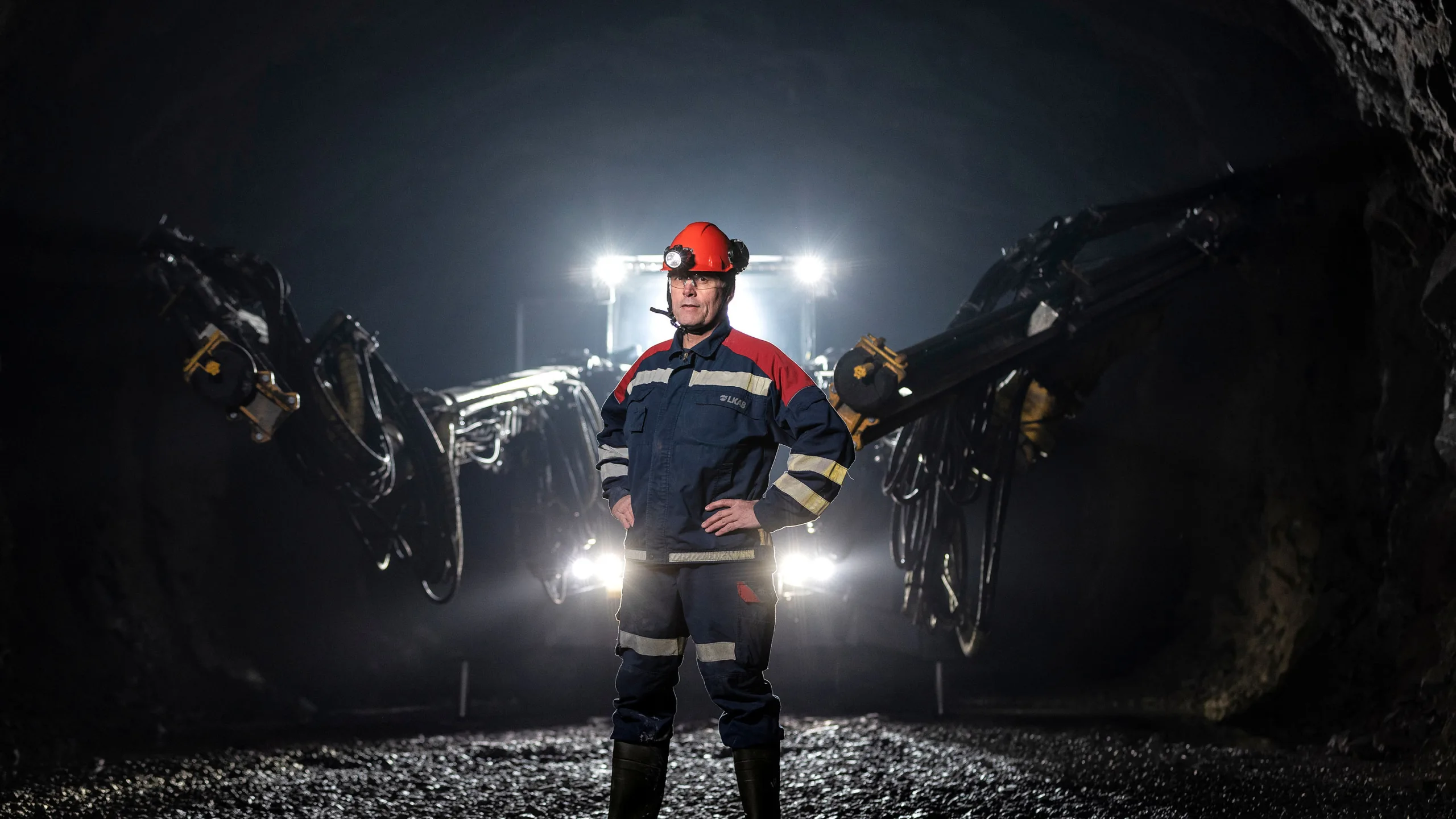Why there are seismic events
As long as we mine underground, there will be seismic events: tremors and earthquakes. They occur both when we blast at night and as a result of stress in the bedrock. As the rock mass cracks, energy is released and seismicity occurs.
The simplest way to explain rock stresses is to compare it with the flow in a watercourse. If you drop a large rock in the middle of the watercourse, the water must find new ways around it – the flow changes. In the same way, our mining affects the rock mass. As we dig deeper and cut off the bedrock, the rock stress must find new ways around and underneath the mined ore. Concentrations of stress are formed and when the stresses become more powerful than the strength of the rock mass, it breaks – it cracks. Seismic activity occurs during such sudden fractures in the rock when a lot of energy is released.

It’s impossible to predict exactly when a shaking, settling or earthquake will occur. LKAB continuously monitors the seismic activity in our mines, using hundreds of measuring instruments both under and above ground. Some days there will be several hundred or thousand events, but most of them are so small that they’re not noticeable. Because we monitor it, we can see what the seismicity looks like over time and if necessary adapt the mining to try to reduce the activity.
We work in lots of different ways to minimise and better predict the seismic activity in Malmberget and Kiruna. Among other things, we adapt how and where we mine, plan the blasting and experiment with so-called hydraulic fracturing of the rock.
For people living in Kiruna and Gällivare, tremors and quakes can be clearly felt and perceived as unpleasant and disturbing. We take this very seriously. What you feel is not a cave in or rocks falling, but a shock wave that occurs when rock masses are rubbed against each other, twisted or cracked so that energy is released. The tremors can cause loose rocks in the mine, but this is unusual because the rock reinforcement in our mines is adapted to withstand this.
The most important thing to remember is that LKAB never mine directly below areas where people live or stay. In other words, seismic activity takes place inside our industrial areas.




